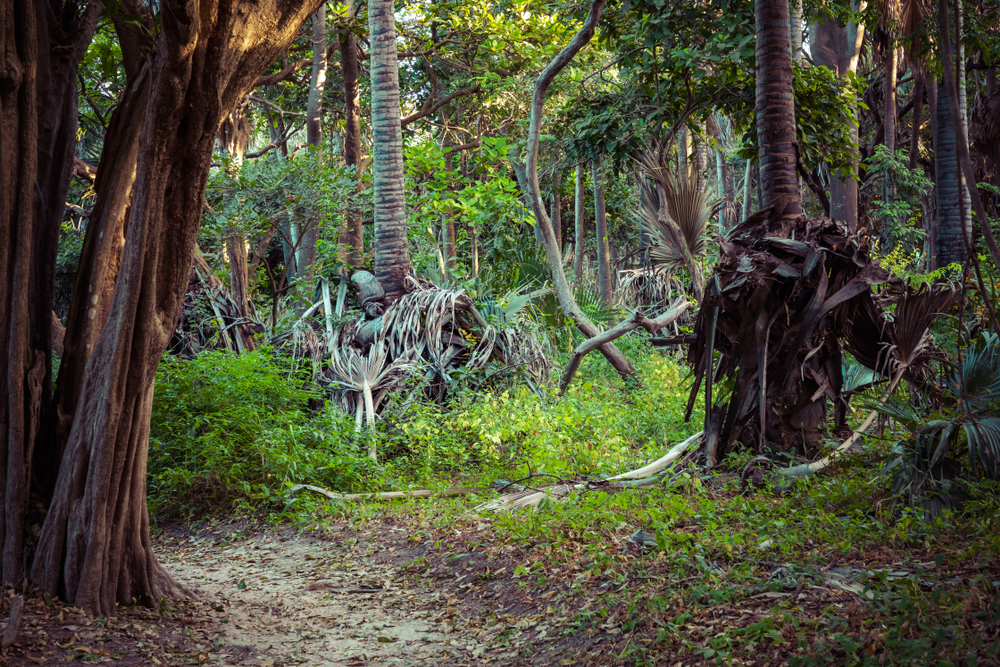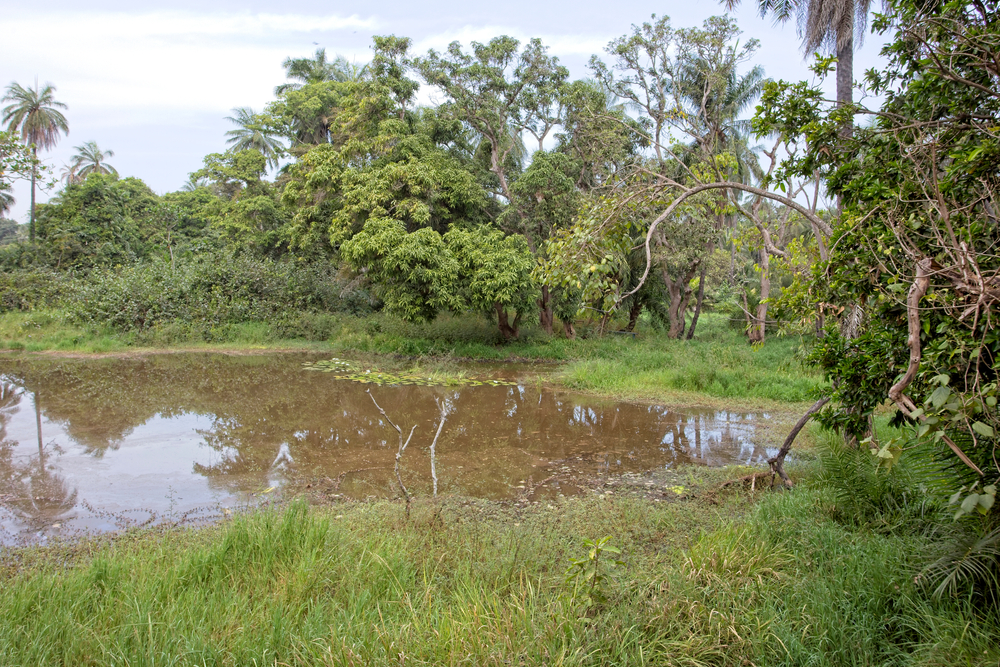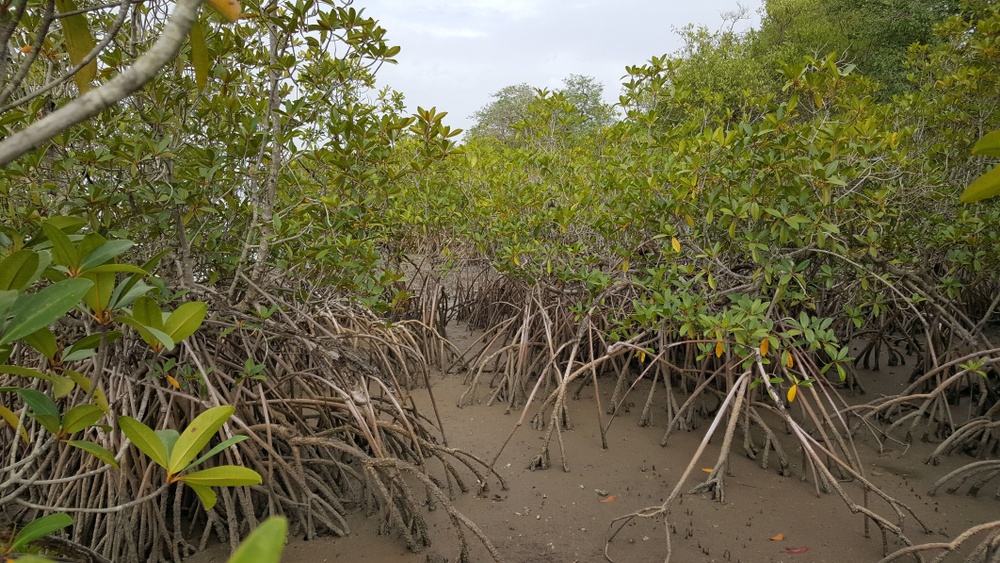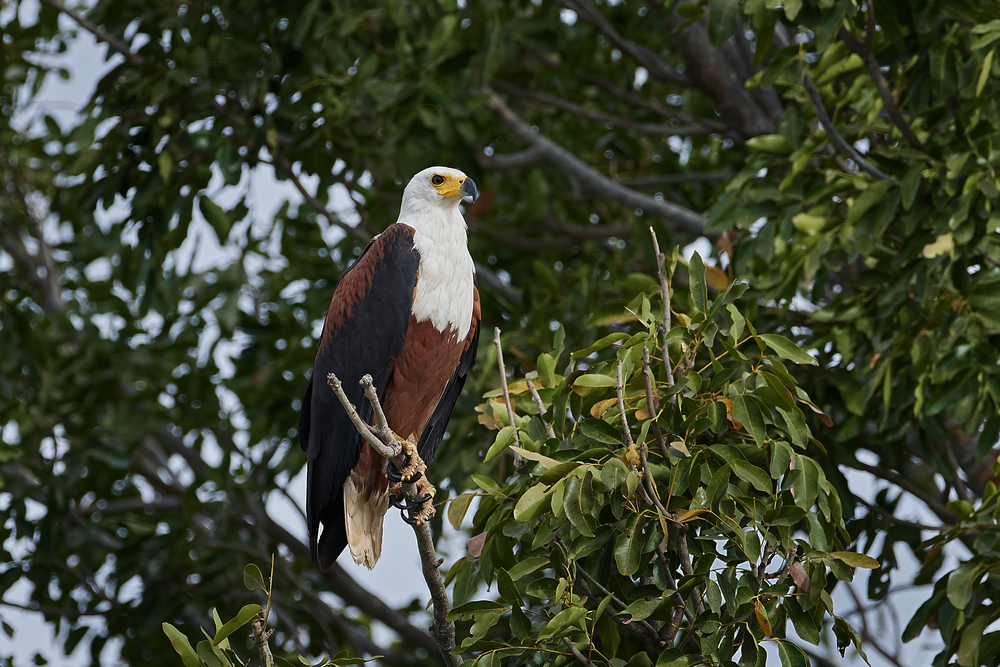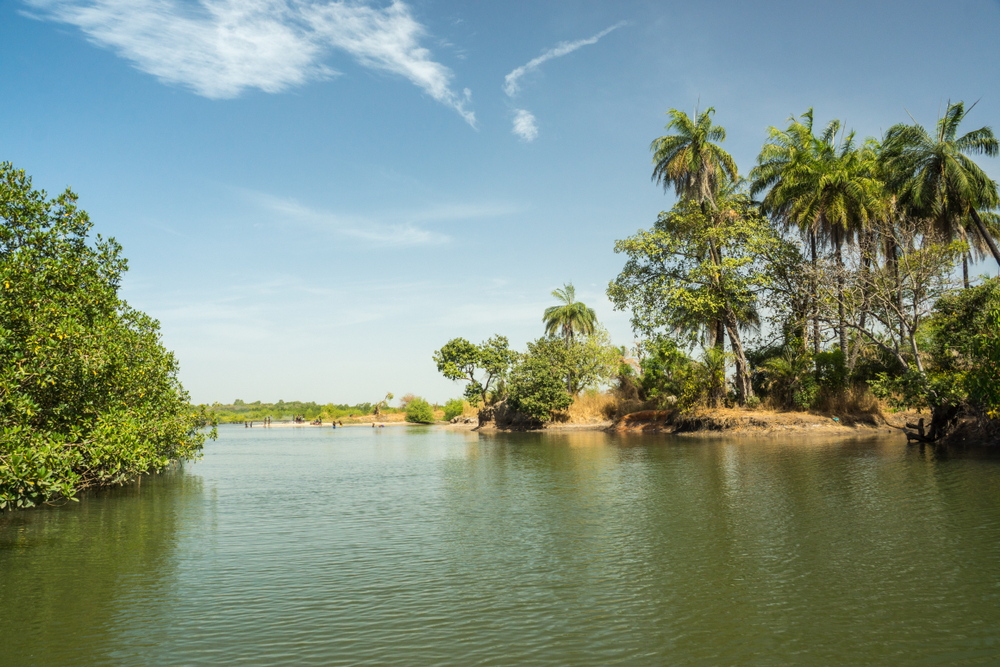Bijilo Overview
Bijilo National Park, locally known as Monkey Park, is a small but ecologically rich nature reserve located along Gambia’s coastal strip near the bustling tourist hub of Kololi. Encompassing about 51 hectares (126 acres), this park is an oasis of tranquility amid the region’s vibrant resorts and offers visitors a unique opportunity to immerse themselves in The Gambia’s natural heritage. Bijilo National Park is particularly known for its diverse flora, thriving primate population, and easy accessibility.
The park’s landscape is a harmonious blend of coastal dune scrub, open grasslands, and dense gallery forests. These varied habitats support a wide array of wildlife, making the park a microcosm of The Gambia’s biodiversity. Bijilo is also bordered by the Atlantic Ocean, providing stunning views and a cool coastal breeze that enhances the visitor experience.
One of Bijilo’s most celebrated features is its population of green monkeys and red colobus monkeys. These primates are often seen foraging, swinging through the trees, or curiously observing visitors. Smaller mammals, such as brush-tailed porcupines and mongooses, also inhabit the park. Reptiles like monitor lizards and agamas bask in the sun, while amphibians like African bullfrogs thrive in the park’s wetlands.
The park’s birdlife is equally remarkable, with over 130 recorded species. Birdwatchers are treated to sightings of violet turacos, grey-headed kingfishers, and sunbirds that flit among the foliage. Migratory species like European bee-eaters often make seasonal appearances, adding to the park’s avian diversity.
Bijilo National Park is characterized by its lush vegetation, including towering silk cotton trees, baobabs, and dense undergrowth teeming with life. These plants not only sustain the park’s herbivores but also offer shade and refuge to its fauna. The park’s coastal setting also supports unique dune flora adapted to sandy soils, further enriching its biodiversity.
The park plays a vital role in environmental education and eco-tourism in The Gambia. Its proximity to urban centers makes it a popular destination for school trips, nature tours, and conservation workshops. Bijilo also serves as a key habitat for species threatened by habitat loss elsewhere in the region, reinforcing its importance as a protected area.
Conservation efforts in Bijilo National Park focus on habitat restoration, anti-poaching initiatives, and community engagement. Local organizations and park authorities work together to ensure the park remains a safe haven for its wildlife while promoting sustainable tourism practices.
Visitors to Bijilo National Park can explore its well-maintained nature trails, which meander through the forest and lead to panoramic viewpoints overlooking the ocean. The park offers a serene escape for nature walks, birdwatching, and photography, with opportunities to learn about the region’s unique ecosystems from knowledgeable guides.
In summary, Bijilo National Park is a treasure trove of biodiversity and a testament to The Gambia’s dedication to preserving its natural resources. Its thriving wildlife, scenic landscapes, and educational initiatives make it an essential destination for eco-tourists.








































































